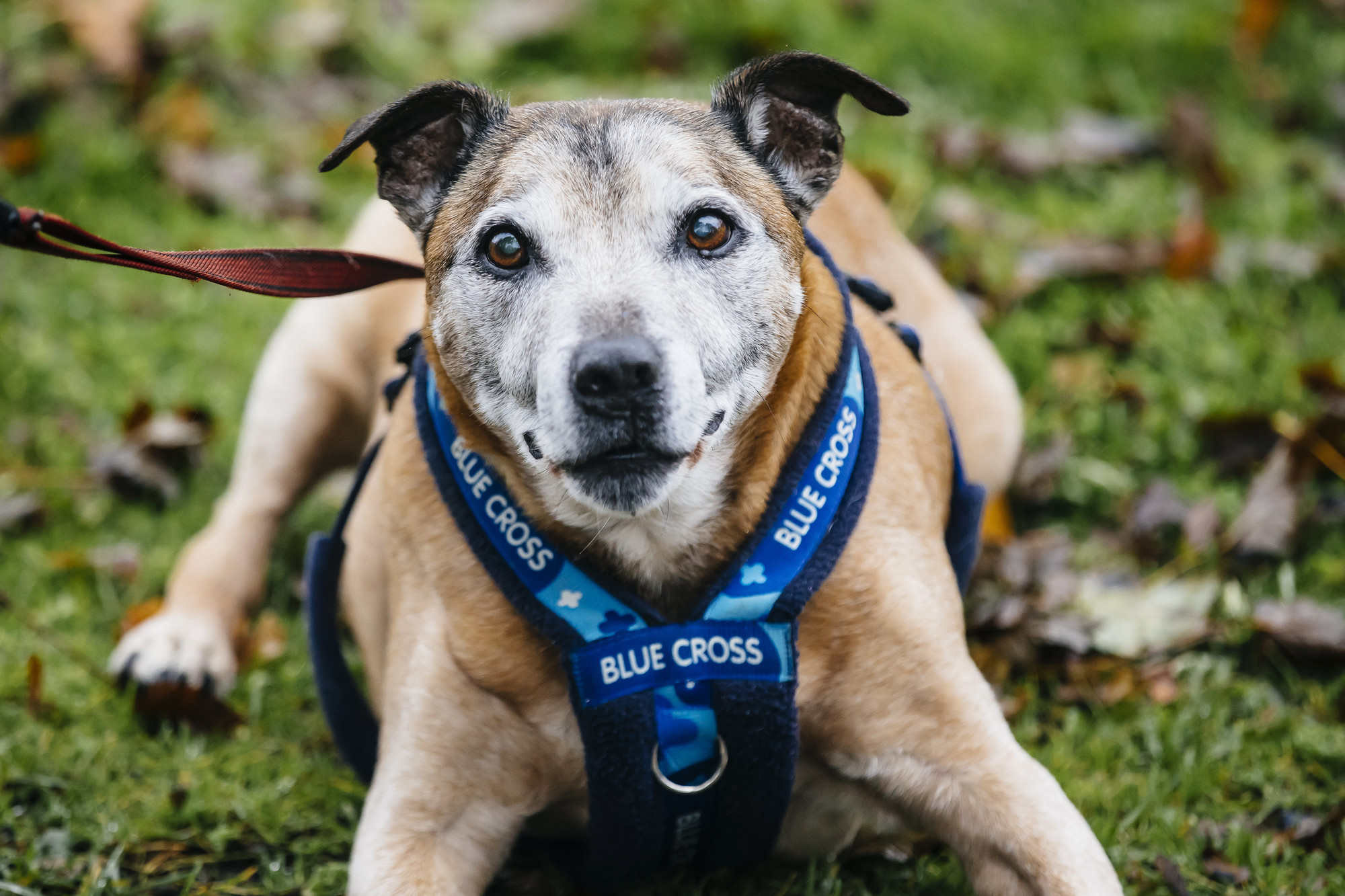
Can animals see in colour?
Different animals can see different kinds of colour from a broad range of spectrums. Some see very little colour, while creatures such as bees and butterflies see more than us as humans.
But what about our pets – which colours can they see?
The answer isn’t as simple as you’d think, because colour doesn’t actually exist. Colour is our brains’ way of processing light wavelengths.
Light hits our eyes and special cells (photoreceptor cone cells) turn it into nerve impulses which are then passed to the brain and processed into the various colours.
Human eyes also have more than 120 million rod cells that process low level light and the shape of objects, but not colour. This all makes it incredibly difficult to test whether our animals see in the same colours that we do.
Can dogs see in colour?
There is a common misconception that dogs can only see in black and white.
Dogs can, in fact, see a wide array of colours but the range is more like that of a human who has red-green colour blindness, seeing various shades of blue, yellow and green.
This is because humans have three cones (photoreceptor cells) in their eyes; blue, red and green whereas dogs have two; blue and another that falls between the human red and green cone.
However, these colours do not affect a dog’s sight. In fact, dogs have more rods in their eyes than humans, which allow for better vision in very low light.
Can dogs see in the dark?
Sort of – they can see in very low levels of light. Dogs have a secret weapon, a reflective mechanism – a retroflector called the tapetum lucidum. This means that your dog’s eyes reflect the light that goes into their eyes back out, allowing a much more detailed view of the world after dark.
Can cats see in colour?
If you, like many other cat owners, have noticed that your cat becomes more active at dawn or dusk then you may be interested to know that this is because your cat is crepuscular; which means they become more active at low light.
Your cats vision lends itself to these times of day because they have around six to eight times more rod cells in their eyes, which allows them to see much more clearly in low light.
Unlike dogs, cats have the same amount of cone cells in their eyes as humans, though it’s thought that cats can’t detect colour as well as us.
Cats are also not as well equipped at seeing objects at a long distance; however they have the edge when it comes to night vision!
Just like dogs, cats have something called tapetum lucidum which gives them that eerie eye glow in the dark. This is because they absorb the light that is available and their eyes reflect this back out which increases their ability to see well in low light.
Fun fact: We often wonder why our pets don’t seem as interested in the TV as us (or pay particular attention when certain things are on TV!) and this could be because their eyes process images at a much faster rate than humans. This means that our pets perceive individual images, where humans see moving images. So our pets actually see a series of still images while watching TV, much like when we look at a slide show. This has a dramatic effect on how interested our pets are in the programme we’re watching.
Can horses see in colour?
Horses, like dogs, have two cone photoreceptor cells in their eyes, which is otherwise known as dichromatic vision.
Experts believe that horses see the world in less saturated colours than humans, but it’s hard to know for sure because colour is processed within the brain after being fed information from the eye.
The research suggests that horses have the blue and green cone cells and struggle to see red because of this.
A horse’s eyesight picks up less detail than the human eye, but has a much broader field of vision. This is because horses are prey animals so it is important to their survival that they can pick up movement from more angles so that they can act quickly.
Eye position and how this affects your pet
The height of your pet plays a big role in the way that they perceive the world around them. As an example, a small dog such as a Chihuahua would find tall grass hard to navigate through and would see it as a wall of grass with no clear route through. Whereas a Great Dane placed in the same position as the Chihuahua would be able to clearly see the way through. This can make a big difference to the way you should train and introduce your dog to new situations.
Your dog’s eye position on their head can also affect the way that they see the world. As an example, brachycephalic breeds such as pugs have less forward facing eyes than other breeds, which means that their field of view is slightly different to that of other dogs. Dogs, on average, are estimated to be able to see 240 degrees around them which is far greater than humans who have a field of view of 180 degrees.







